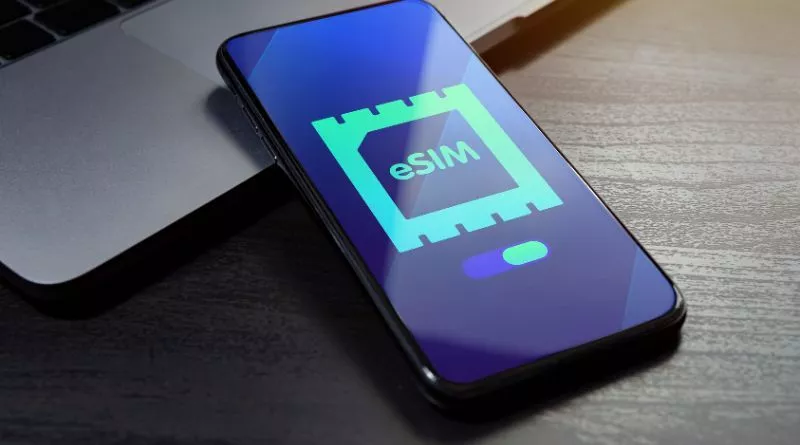In today’s world, technological innovations not only simplify our daily lives, but also significantly change tourism-related industries. One such innovation is the electronic SIM card, or e-SIM. This is a small chip that is embedded in smartphones and tablets and allows users to connect to mobile networks without a physical SIM card. In this article, we look at how e-SIM affects tourism and the benefits it offers to travellers.
Convenience and time saving
One of the main benefits of e-SIM for tourists is convenience. There is no need to search for and purchase local SIM cards or worry about changing SIM cards when changing countries. Travellers can simply activate multiple e-SIM profiles on their device and switch between them as needed. This will save a lot of time and eliminate the headache of finding local mobile operators.
Global coverage
The E-SIM supports global coverage, which means travellers can stay connected anywhere in the world. This is especially useful for travellers who frequently cross borders between countries, as they will no longer have to change SIM cards and phone numbers when crossing borders.
Multiple operators
With e-SIMs, travellers have a choice of mobile operators and plans that suit their needs. This means they can choose the best roaming rates, SIM card data and even use multiple operators at the same time on the same device.
Fewer restrictions on devices
E-SIM also eliminates the restrictions associated with device locking. Travellers can easily switch operators without having to worry about unlocking their smartphones, which is often required when using physical SIM cards.
Safety and security
The E-SIM offers a high level of security and reliability as it is password protected and encrypted. This makes it a more reliable means of communication for travellers who want to be sure that their data and personal information is secure.
Electronic SIM cards, or e-SIMs, have indeed revolutionized the way tourists connect and communicate while traveling. Your article highlights several key advantages of e-SIM technology in the context of tourism, and I’d like to elaborate on some of these benefits, read more:
- Cost Savings: E-SIMs can potentially save travelers money. They can compare and choose the best data and roaming plans for their specific needs, which can often be more cost-effective than purchasing local SIM cards or relying on expensive international roaming fees.
- Environmental Impact: By reducing the need for physical SIM cards and packaging, e-SIMs contribute to environmental sustainability. They help decrease the production of plastic SIM cards and associated waste.
- Streamlined Travel: E-SIMs contribute to a smoother and more hassle-free travel experience. Tourists don’t need to visit local mobile shops or kiosks to buy and activate physical SIM cards. This can be especially beneficial in countries where language barriers or unfamiliar processes might pose challenges.
- Business Travel: E-SIMs are not limited to tourists but are also valuable for business travelers. They allow professionals to maintain a consistent phone number and connectivity, making it easier to stay connected with colleagues and clients while traveling.
- Travel Flexibility: Read more about, technology promotes travel flexibility. Travelers can switch between local and international plans seamlessly, making it easier for them to adapt to changing travel itineraries or last-minute adjustments.
In conclusion, electronic SIM cards (e-SIMs) provide tourists with many benefits, reducing the headaches associated with mobile communication while travelling. They offer convenience, global coverage, flexible choice of operators and enhanced security. As this technology develops, we can expect it to play an increasingly important role in improving the experience of travellers around the world.

